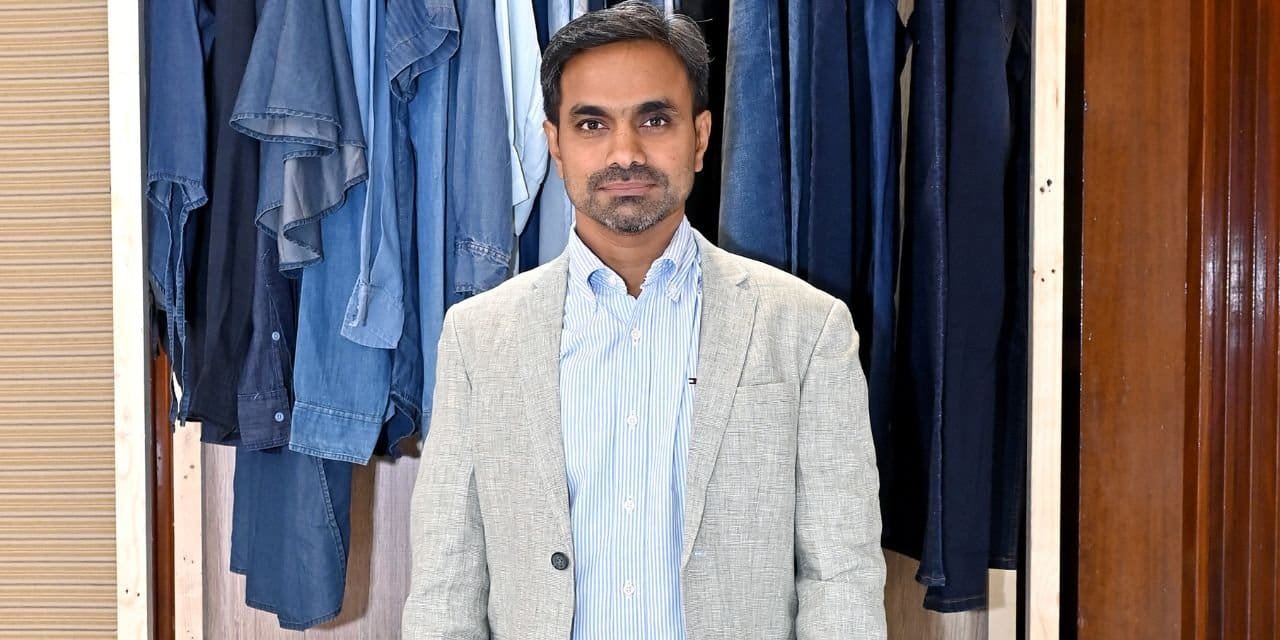India’s home textile market is experiencing impressive growth, securing its place as a key player in the global textile industry. With a rich legacy in weaving and fabric production, the country is adapting to contemporary trends and consumer demands, catering to both domestic and international markets. This rapidly expanding sector presents vast potential, driven by factors such as urbanization, rising disposable incomes, sustainability trends, and advancements in textile manufacturing.
Key Drivers of Growth:
Government Support
The Indian government has introduced several initiatives to boost the textile industry, including the Production-Linked Incentive (PLI) scheme and the creation of integrated textile parks. These measures aim to improve competitiveness, enhance exports, and solidify India’s standing in the global textile market.
Urbanization and Increased Disposable Incomes
With a rising urban population, there is a growing demand for home décor and functional textiles such as bed linens, curtains, rugs, and cushions. Increased disposable income allows consumers to invest in higher-quality products that enhance both comfort and aesthetic appeal.
Booming E-Commerce
The growth of online platforms has made home textiles more accessible, allowing consumers to browse and purchase a variety of designs and brands. E-commerce has also enabled small and medium enterprises to reach a global market, boosting exports of Indian-made home textiles.
Focus on Exports
India continues to be a leading exporter of home textiles, catering to key markets such as the U.S., Europe, and the Middle East. The country’s cost-effective production capabilities, adherence to international standards, and focus on quality continue to drive demand for Indian textiles.
Shift Towards Sustainability
Sustainability is increasingly influencing consumer choices. The demand for eco-friendly and sustainable textiles is growing, with the industry adopting sustainable fibers and manufacturing practices to align with global trends.
Smart Textiles
Technological integration into textiles is transforming the market. Innovations such as temperature-regulating bedsheets and antimicrobial curtains are becoming increasingly popular, offering consumers enhanced functionality alongside traditional designs.
Customization and Digital Printing
Personalization is a rising trend as consumers seek unique home textiles that reflect their style. The use of digital printing technology has allowed manufacturers to produce customized textiles efficiently, catering to niche markets and specific consumer preferences.
Premium and Luxury Segments
As disposable incomes rise, demand for high-end home textiles is also increasing. Luxury home textile collections are gaining popularity among affluent consumers who seek exclusivity and superior design quality.
Sustainability at the Core
Today’s consumers are more environmentally conscious than ever before, driving demand for eco-friendly fibers like Lenzing Ecovero™ and Tencel™, known for their low environmental impact. These fibers, derived from sustainably sourced raw materials and produced through eco-responsible processes, align with the industry’s growing sustainability trend.
Sustainable Innovation in Textile Manufacturing
Sustainability is no longer a niche demand but a mainstream expectation. Indian manufacturers are adopting sustainable practices across the textile value chain, from using organic and recycled materials to implementing water-efficient dyeing processes. By minimizing environmental impact while ensuring high-quality products, these practices are setting new industry standards.
Fibers made from certified renewable wood sources contribute to a reduced carbon footprint and lower water consumption, playing a critical role in this shift toward sustainability.
India’s Competitive Advantage
India’s home textile industry is supported by a strong manufacturing base, combining traditional craftsmanship with modern technology. This enables the production of diverse home textiles that cater to various markets and price segments. Additionally, India’s skilled workforce plays a vital role in both product quality and innovation.
Challenges to Overcome
Despite its strong growth, the Indian home textile market faces challenges such as fluctuations in raw material prices, stiff competition from other textile-producing nations, and the need for further investment in research and development. Addressing these challenges will require collaboration among manufacturers, policymakers, and industry stakeholders.
The Future Outlook
India’s home textile market is at a pivotal point, ready for significant growth. By embracing technological innovation, sustainability, and market trends, the industry can continue to evolve and strengthen its global position. The adoption of eco-friendly fibers will not only meet rising consumer demand but also underscore India’s commitment to responsible manufacturing.
As global demand for quality home textiles grows, India’s industry must keep innovating and adapting. With its strong manufacturing base, skilled workforce, and dedication to sustainability, India is well-positioned to lead the home textile market in this dynamic, expanding segment.

